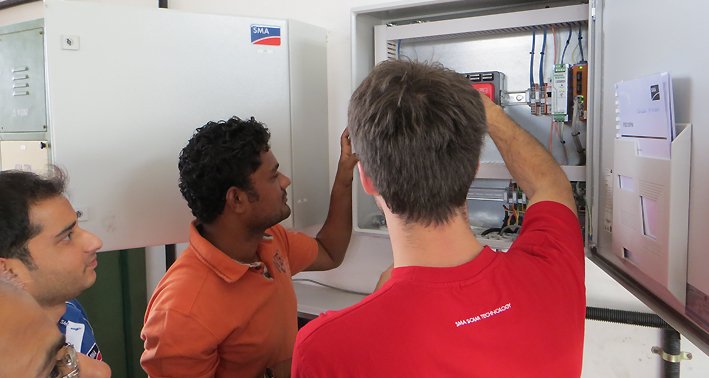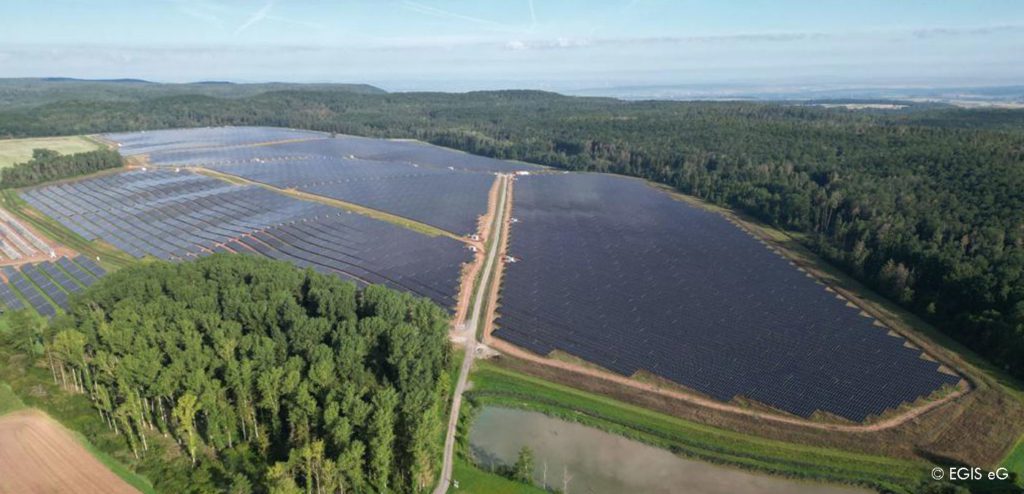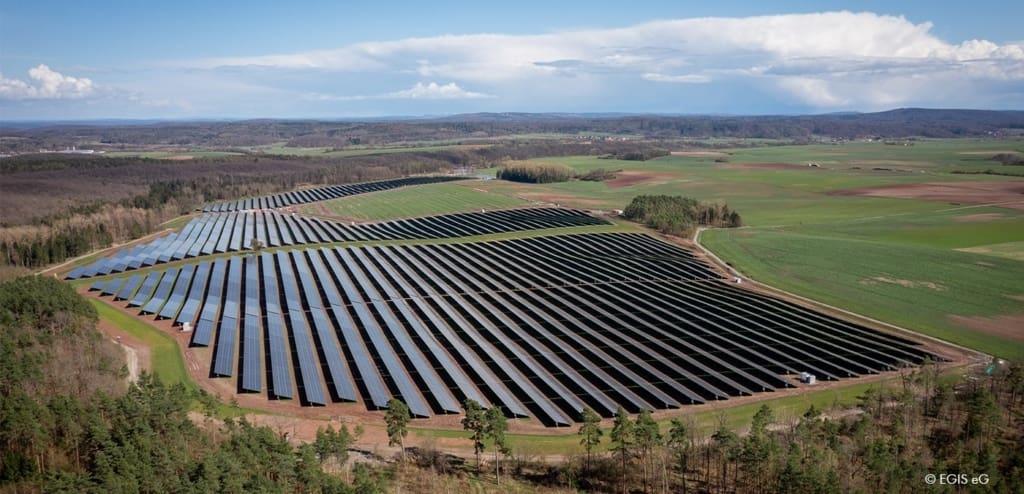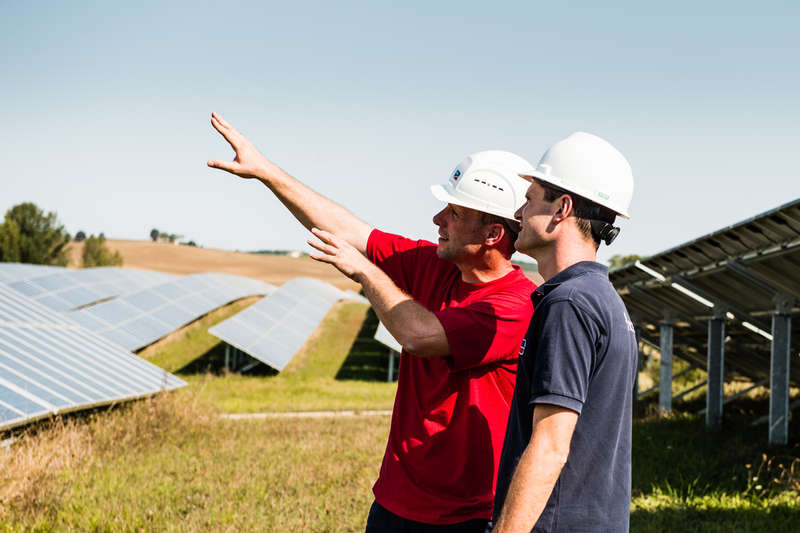Five Steps to a Photovoltaic Diesel Hybrid System

Energy-intensive operations in areas with non-existent or poor infrastructure often rely on gensets (diesel generator sets) for their electricity supply. In regions with a sufficiently high level of solar irradiation, the additional integration of photovoltaics in the power supply system can prove worthwhile.
In a photovoltaic diesel hybrid system, the fuel consumption is reduced through the feed-in of photovoltaic energy, leading to considerable cost reductions. Intelligent management of the genset and the PV system ensures system stability and security of supply at all times. Ideal applications include raw material processing plants, textile factories, large-scale agricultural operations and remote mines. Holiday island resorts or off-grid regions can also benefit from the additional use of PV systems in hybrid power supply systems.
A photovoltaic diesel hybrid system comprises a PV system, gensets and an intelligent management that, depending on the consumption situation, ensures an optimum share of electricity in the power supply so that only the level of solar energy currently required is fed into the supply system. As a valuable complement to conventional power supply methods involving gensets, photovoltaic systems help to significantly reduce the consumption of fossil fuels and are therefore a cost-effective and resource-saving alternative to an all-diesel electricity supply.
But how do you set up a photovoltaic diesel hybrid system?
We have outlined the most important steps below:
1. Load profile analysis
Every PV system is different, which is why the first planning step is always to analyze the load profiles. The data from the load flows of the system and the stability of the transmission line is the first thing you need to create a photovoltaic diesel hybrid system designed to meet customer-specific needs.
The load profiles are used to determine the optimum size of the PV system in order to ensure maximum stability at all times.
If system operators do not already know the load profiles, they can borrow a suitable measuring device from SMA. Our experts then evaluate the data accordingly and recommend the optimum dimensioning for the photovoltaics.
2. Cost efficiency analysis and financing
The cost efficiency analysis is created on the basis of the data obtained: What costs can I expect as the customer, and how long will it take for the system to pay off? Depending on the system size and local solar irradiation conditions, the systems will pay off in as early as the next four to five years. System service life in excess of 20 years therefore offer exciting potential for financial investors.
3. Detailed planning
Now it’s time to focus on the details: Will the system be centralized or decentralized? Which and how many inverters will be installed? Would an additional storage system make sense? These and other details are clarified in the planning stage before the project implementation. During this phase, SMA provides extensive support by offering planning tools and personal consultations with our technical experts.
4. Realization
With its global network, SMA can not only supply the inverters and control systems but also recommend expert partners to help realize the project. Together with the project engineer, the SMA team works on-site to ensure that all components are optimized in line with the energy supply, thereby guaranteeing safe and reliable operation of the overall system at all times.
5. Operation and monitoring
Even once the system has been commissioned, operators can always rely on the expertise of the SMA Service team. Our global service network provides speedy assistance at any time. Operators can also use remote monitoring to evaluate system data online, quickly identify disturbances and resolve any issues fast and competently.
Contact
If you are interested in a photovoltaic diesel hybrid system, contact SMA employees directly. For general information, contact us at Sales@SMA.de or fill out our form.
If you have any specific project queries, contact us at FuelSaveSolution@SMA.de.
Further information
Further information can be found in the following blog article that explains what a photovoltaic diesel hybrid system actually is, on our website or in our brochure




Hi, I need to know how configure the SMA fuel save controller, for a 400 Kw PV?
thank in advances
Hello Alexander,
For further detailed support in this matter, please contact our SMA Service via our SMA Online Service Center.
We need more technical details in this case, thank you.
Sunny regards
Christiane
Hi Stella Maria,
what kind of measuring device do you lend to measure the load profile?
Regards
Johannes
Hi Johannes,
To measure the load profile we can provide a data logger that records power/voltage and the loads. To get a closer view to the loads it should be installed for at least two weeks. The data then gives advice for a roughly design of the hybrid system which is useful for customers who do not have any information about the performance and the consumption of their plant. But please note that it does not replace an energy audit (for which it is best to have a long-term record of the operating data, a whole year in best case).
Best regards
Leonie